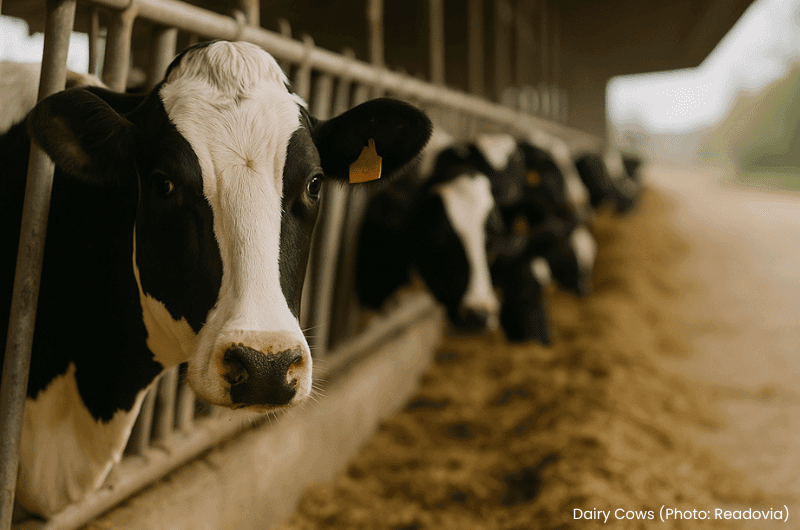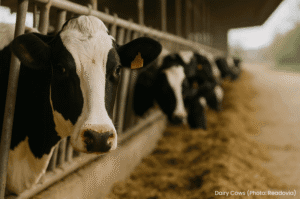(Updated April 17, 2025)
CDC warns of bird flu cases in dairy cows: what you need to know
A new alert from the Centers for Disease Control and Prevention (CDC) has spotlighted an unexpected twist in this year’s flu season: bird flu cases in American dairy cows. A multistate outbreak of bird flu in dairy cows was first reported on March 25, 2024, marking the first time that the bird flu virus has been found in cows.
Yes, you read that right. Cows.
The virus in question, H5N1, is typically associated with avian populations. But recently, several U.S. dairy herds have tested positive for the virus, raising new questions about animal-to-animal transmission and, potentially, human exposure.
So far, 17 states have confirmed outbreaks, and 1021 dairy herds have been affected. One human in Texas has been infected in connection to these new outbreaks. But the CDC assures the public that the milk supply remains safe — thanks to pasteurization, which kills viruses like H5N1. But the agency is urging heightened monitoring and better biosecurity on farms.
“This is a wake-up call for both the agriculture and public health sectors,” said Dr. Linda Frederick, a CDC spokesperson. “Cross-species transmission is always a red flag, especially when it involves animals central to our food system.”
The cases were first reported in Texas and have since popped up in other states including Kansas, New Mexico, and Idaho. The USDA has begun testing additional herds and is urging farmers to report any unusual symptoms or sudden drops in milk production.
Why Now?
Experts suspect that wild birds might have introduced the virus to cows via contaminated feed or water. While bird flu in cattle is rare, it’s not entirely unprecedented. However, this cluster is larger and more geographically spread than ever recorded before in the U.S.
What About Milk?
The FDA has reassured consumers that commercially sold milk is safe. All milk sold across state lines is required to be pasteurized, which effectively eliminates H5N1. That said, the agency is advising against raw milk consumption, which has long carried other health risks.
“We’re seeing a lot of misinformation online,” said food safety analyst Jenna Ruiz. “This is not a crisis, but it is something to watch.”
Next Steps
While this outbreak may not immediately threaten human health, the CDC and USDA are coordinating with state-level agricultural departments to strengthen surveillance. Farms in affected regions may see increased inspections and temporary movement restrictions.
“We can’t afford to be reactive anymore,” said Dr. Frederick. “The health of our animals, and our people, are too intertwined.”
Readovia will continue to follow this story as it unfolds.



























